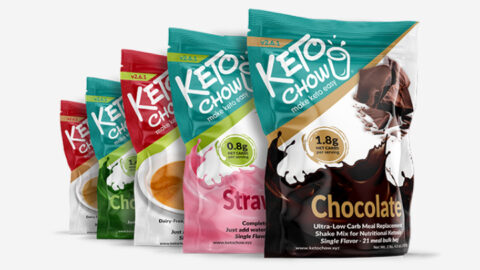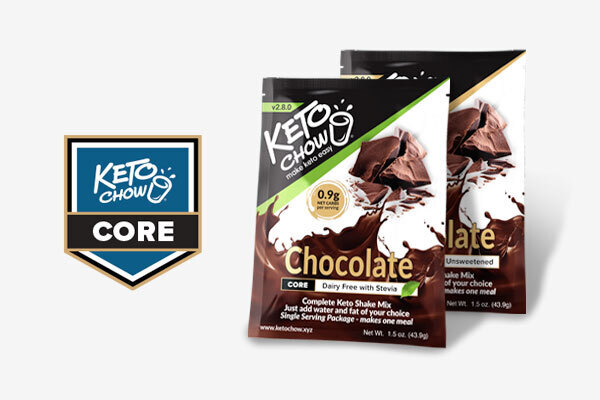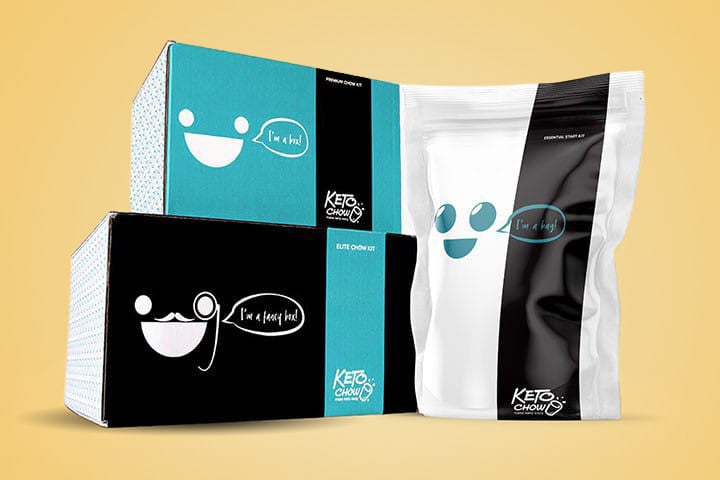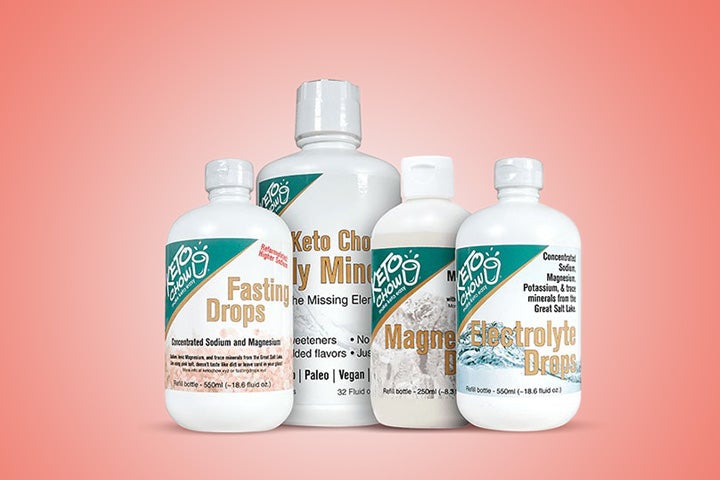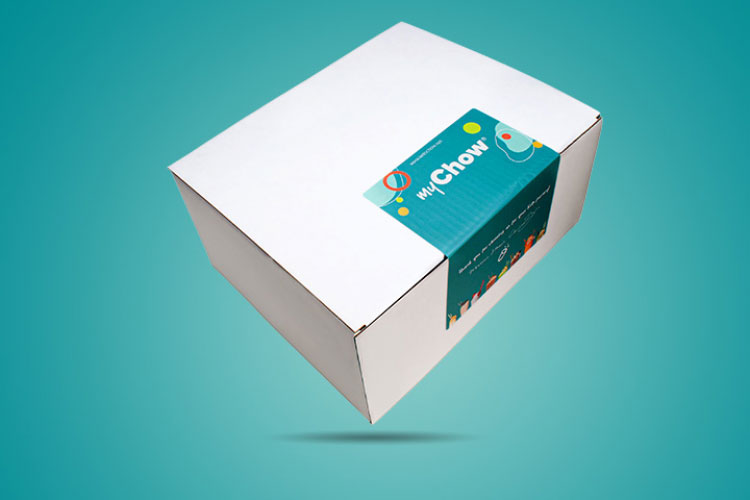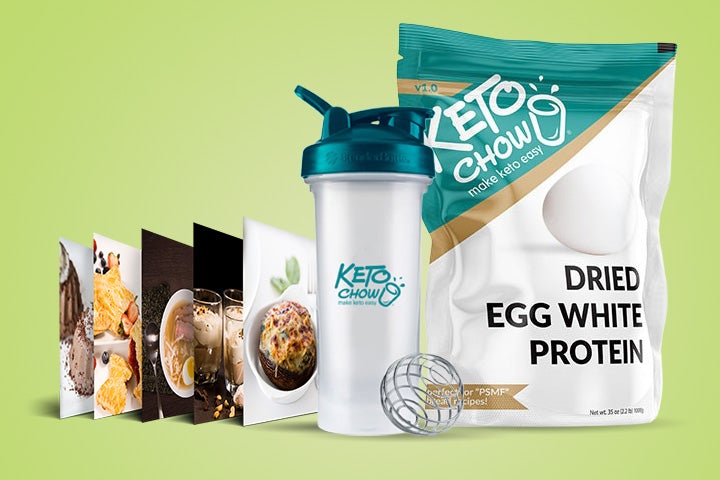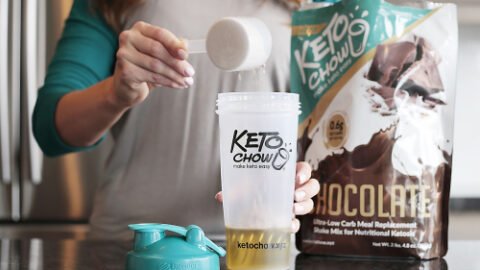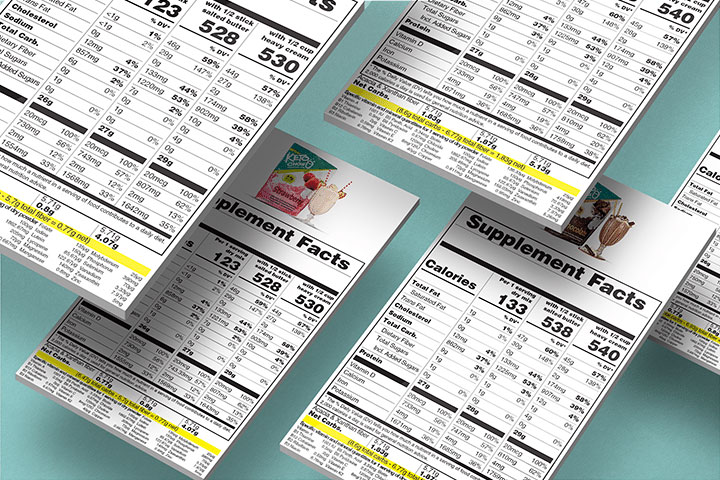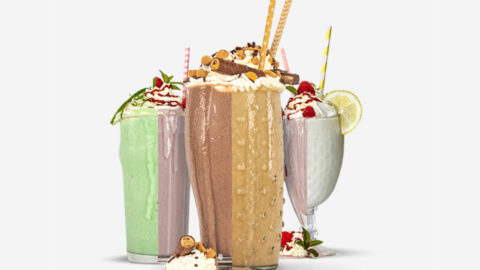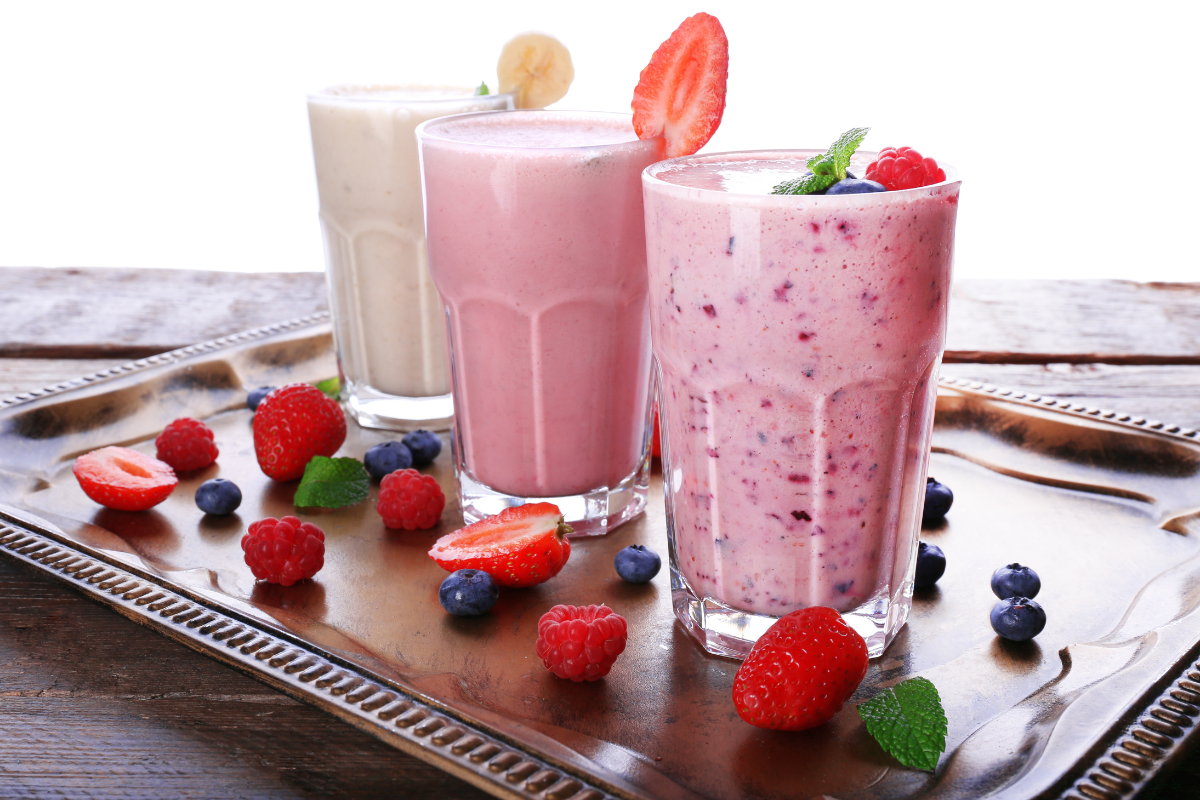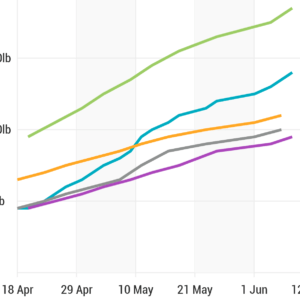Have you ever eaten a spoonful of peanut butter or a cookie with cream in the middle, and felt a waxy sensation on the roof of your mouth? As if the fats in those didn’t melt fully and they left behind that waxy coating? That texture comes from partially hydrogenated oils.
What are Hydrogenated Oils?

Hydrogenated oils are oils that have undergone a process called hydrogenation, where hydrogen gas is bubbled through the oil in the presence of a catalyst. This process changes the chemical structure of the oil, making it more solid at room temperature and increasing its shelf life.
Some foods that may contain hydrogenated oils include margarine, baked goods like cookies or pastries, fried foods, snacks like potato chips or popcorn, and microwave dinners.
You won’t see these listed on food labels anymore because they’ve been phased out of the food supply in the US, but why were they phased out, and what do you need to know about them?
Are they keto-friendly?
No. Hydrogenated oils, particularly those containing trans fats, are considered unhealthy fats. They have been linked to various health issues, including heart disease, inflammation, and insulin resistance, which can counteract the potential benefits of a ketogenic diet.
The History of Hydrogenated Oils: Liquid Oils to Solid Fats
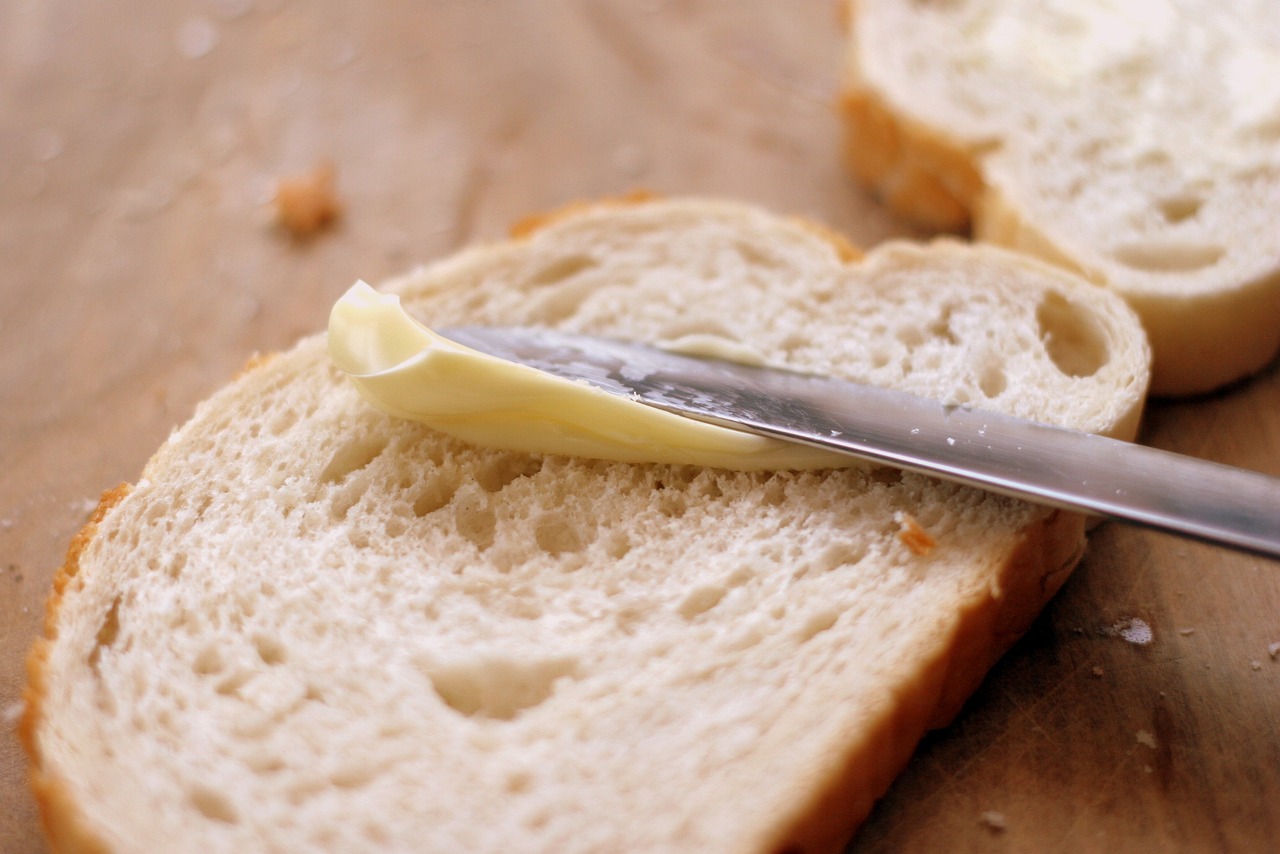
Partially hydrogenated oils (PHOs) are also called trans fats. The trans designation has to do with the arrangement of hydrogen atoms around carbon double bonds. But don’t worry – you don’t need to dust off an old chemistry textbook to understand what matters for you as a consumer.
The process of hydrogenation turns oils that are liquid at room temperature (like soybean, cottonseed, or sunflower oil) into semi-solids. (Think of margarine, a semi-solid fat. The main ingredient used to be partially hydrogenated soybean oil.)
Why would anyone want to do this?
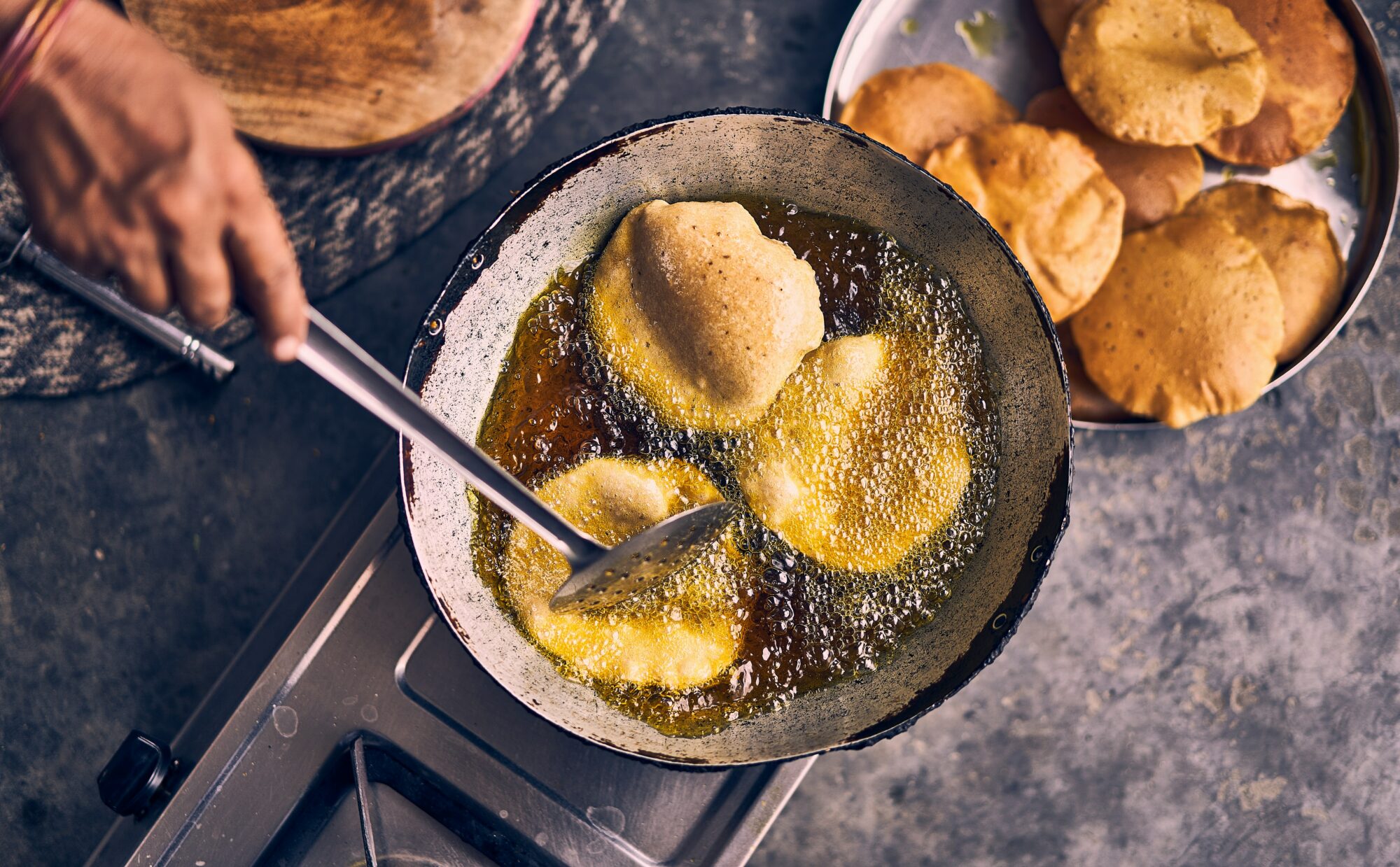
It was an economic boon to food manufacturers, because using these oils gave their products longer shelf lives and also gave the products a similar “mouthfeel” to fats that were naturally solid or semi-solid at room temperature (like tallow, lard, or butter), but which were more expensive to use.
Hydrogenation was developed by a French chemist in the late 1800s and the hydrogenation of liquid oils was pioneered by a German chemist in 1901. Just ten years later, the Procter & Gamble company began marketing the first hydrogenated shortening – Crisco – with partially hydrogenated cottonseed oil as the main ingredient.
The market for these oils grew over the decades, owing first to economic reasons and later as a public health measure.
“Public Enemy Number One”
As expertly told by investigative journalist Nina Teicholz in her book The Big Fat Surprise, as saturated fat started being identified as public enemy number one for causing heart disease (starting around 1955, when President Dwight Eisenhower suffered a heart attack), food manufacturers and consumers alike looked to replace saturated fats with vegetable oils (or “seed oils” as many in the keto community call them today), believing these to be better for cardiovascular health.
The problem was, liquid oils don’t have the same properties as solid or semi-solid fats. So in order to swap out the solid saturated fats in their products for these purportedly healthier oils, they needed to alter the oils in some way in order to make the products look, feel, and taste the same.
Enter partially hydrogenated oils.
Fact Check: Saturated Fats
Just a quick detour here because it’s important to note that more widespread use of vegetable oils (including the partially hydrogenated versions) were intended to solve a problem that didn’t actually exist. It was long believed – and in some circles still is believed – that saturated fat and cholesterol “clog the arteries” and are the major dietary causes of cardiovascular disease.
(Are you old enough to remember the iconic cover of a 1984 issue of Time magazine, where bacon and fried eggs were arranged in a frowny face on a plate?)
But scientific research – not to mention basic human physiology – don’t support this. Numerous meta-analyses have long since disproven the notion that saturated fats cause cardiovascular disease (CVD). So if foods like red meat, cheese, cream, and maybe an occasional bit of dark chocolate are part of your keto diet, fear not.
Evidence does not support limiting intake of those foods for the purpose of reducing risk for CVD. In fact, if anything, increased intake of vegetable oils high in omega-6 fatty acids appears to be more strongly associated with risk for CVD, but even this is a matter of debate.
Government Policy Change

In January 2006, the United States Food and Drug Administration (FDA) required the food industry to declare the amount of trans fat in food on the Nutrition Facts labels. This rule was the result of research showing that trans fats raised LDL cholesterol.
Owing to the purported links between elevated LDL cholesterol and increased risk for CVD, in the FDA’s own words, the use of “PHOs may render food injurious to health” and “removing PHOs from processed foods is estimated to be preventing thousands of heart attacks and deaths each year.”
This point is a matter of intense debate and controversy, however.
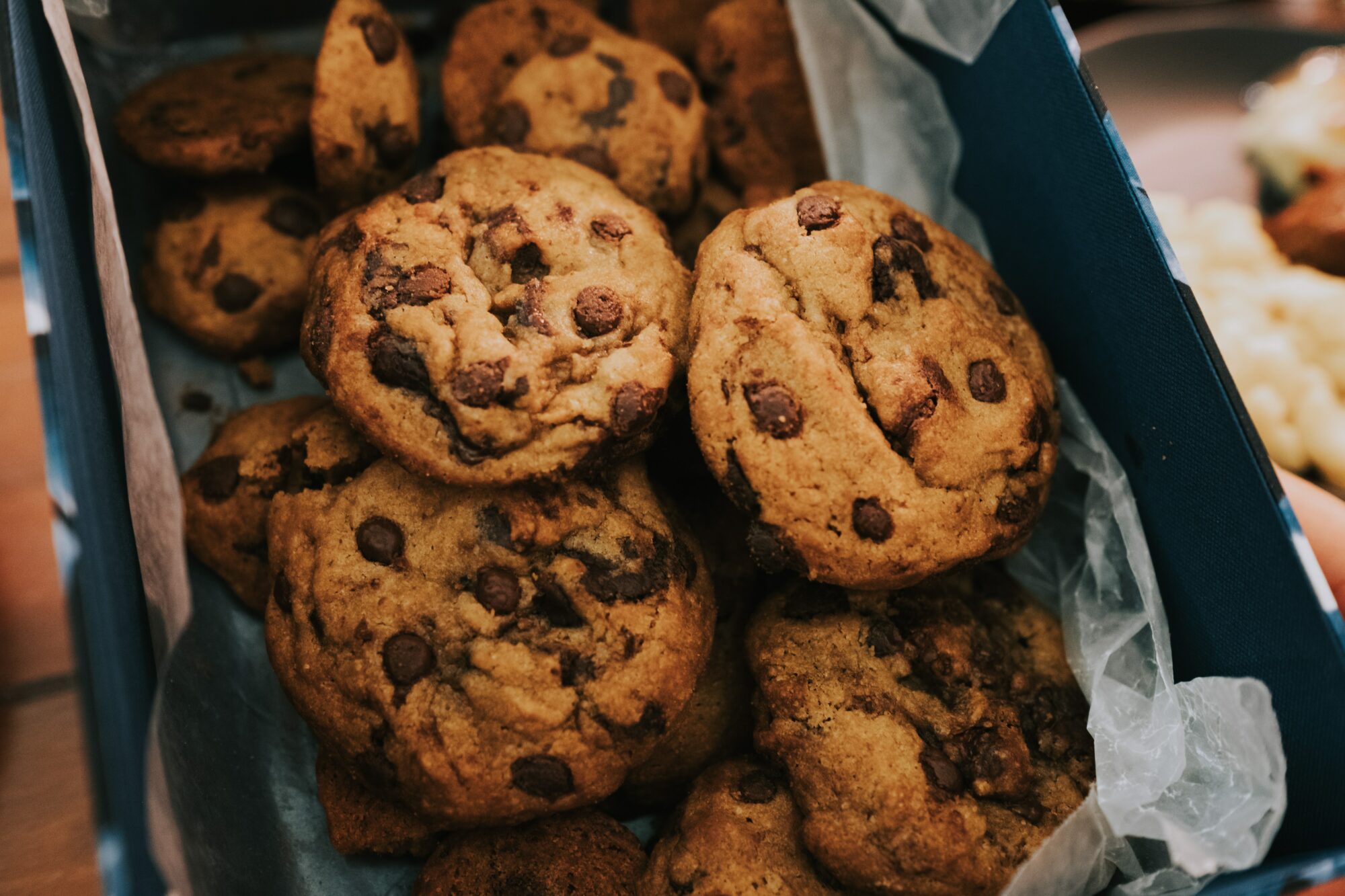
A large body of research indicates that elevated cholesterol is not a causal factor in CVD, so it may be that trans fats were removed from the food supply under a false premise.
Considering where most artificial trans fats were found – vegetable shortening, cookies, muffins, pastries, peanut butter, donuts, margarine, bread, biscuits – it’s possible that the association between manmade trans fats and CVD was clouded by the carbohydrate and sugar content of most of those foods. Margarine and peanut butter might not have much – or any – sugar, but it’s the rare person who would have eaten margarine by itself, rather than on a bagel or toast.
And lots of people enjoy a spoonful of peanut butter straight from the jar, but more likely it was eaten on bread, with jelly.
So maybe trans fats took the blame for what was actually caused by sugar.
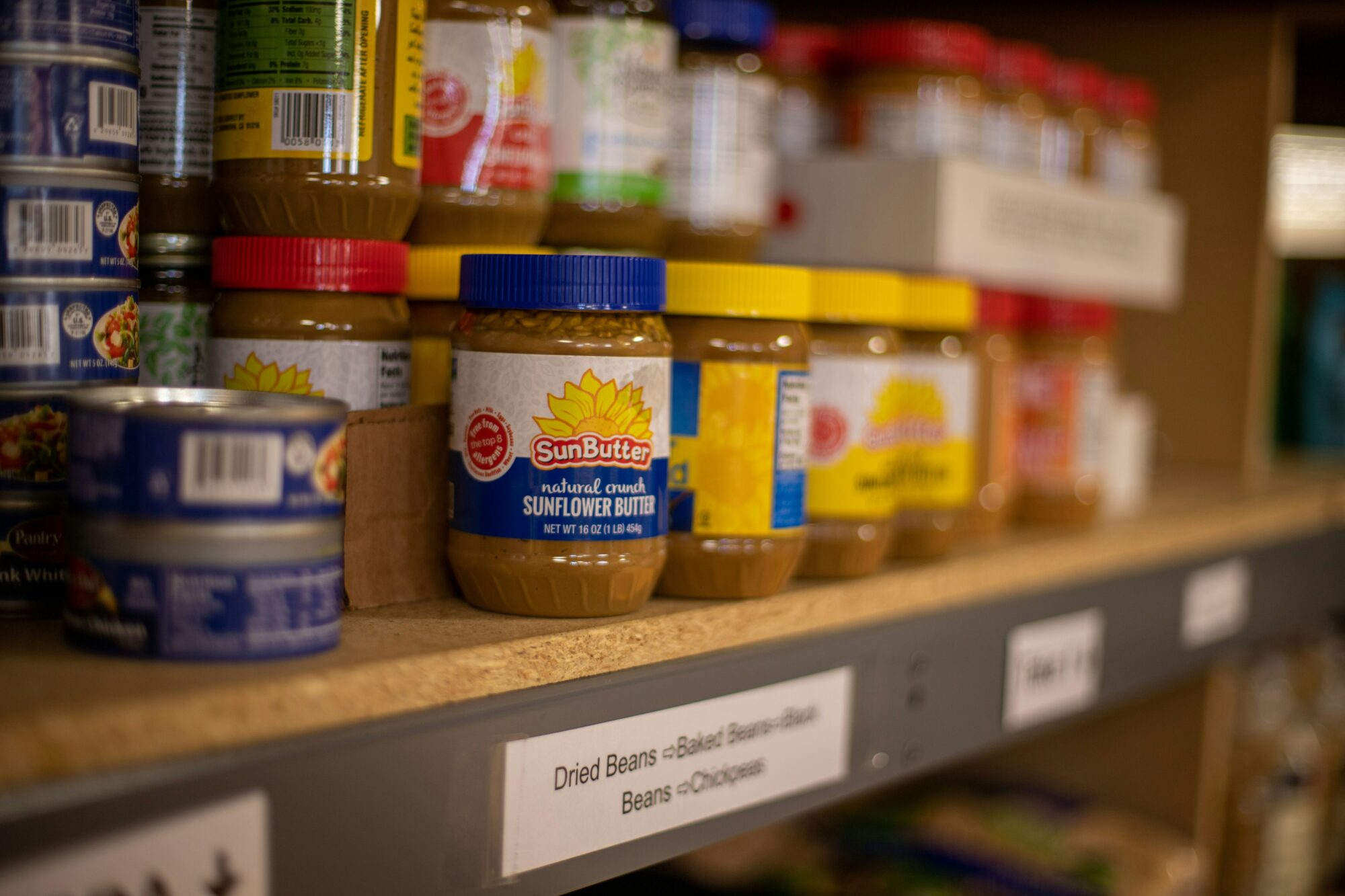
Naturally, food manufacturers were not happy with having to call attention to the amount of potentially harmful trans fats in their products, so some manufacturers chose to begin phasing out PHOs even before it was officially required.
FDA revoked its classification of PHOs as “generally recognized as safe” (GRAS) in 2015 with a deadline of mid-June 2018 after which food manufacturers could no longer add PHOs to their products. (Numerous exceptions to the deadline were granted and the final compliance date was extended to January 2021.)
Natural Trans Fats
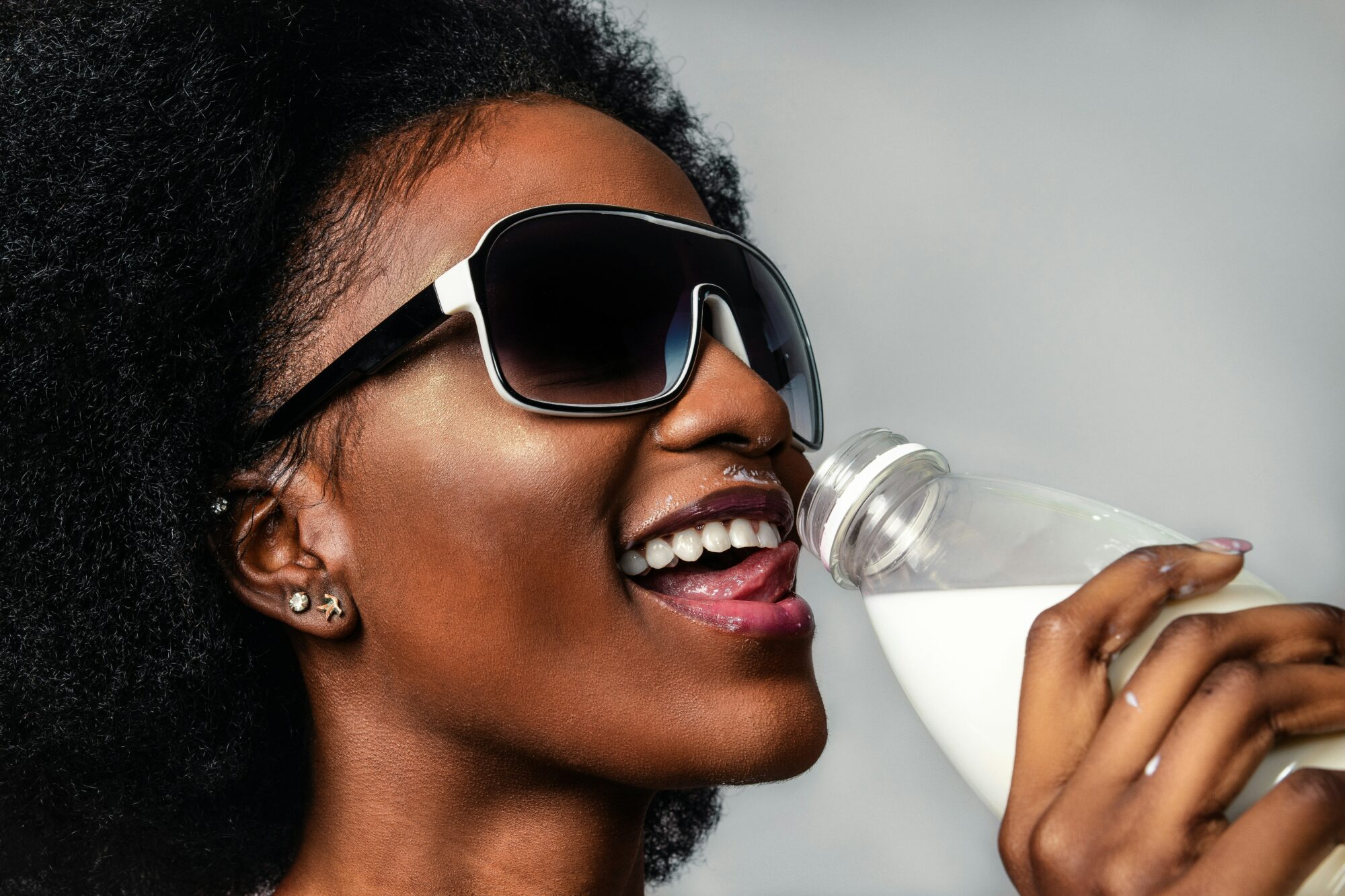
The FDA’s ruling to revoke the safety status of trans fats applied only to artificial trans fats, not to trans fats that occur naturally in food.
Natural trans fats are found primarily in the fat and dairy fat of ruminant animals, like cows and sheep. And unlike manmade trans fats, there’s some evidence that these natural ones may actually have some beneficial effects for health. Whether or not they’re decidedly beneficial, there’s no evidence that they’re harmful.
If Not Trans Fats, Then What?
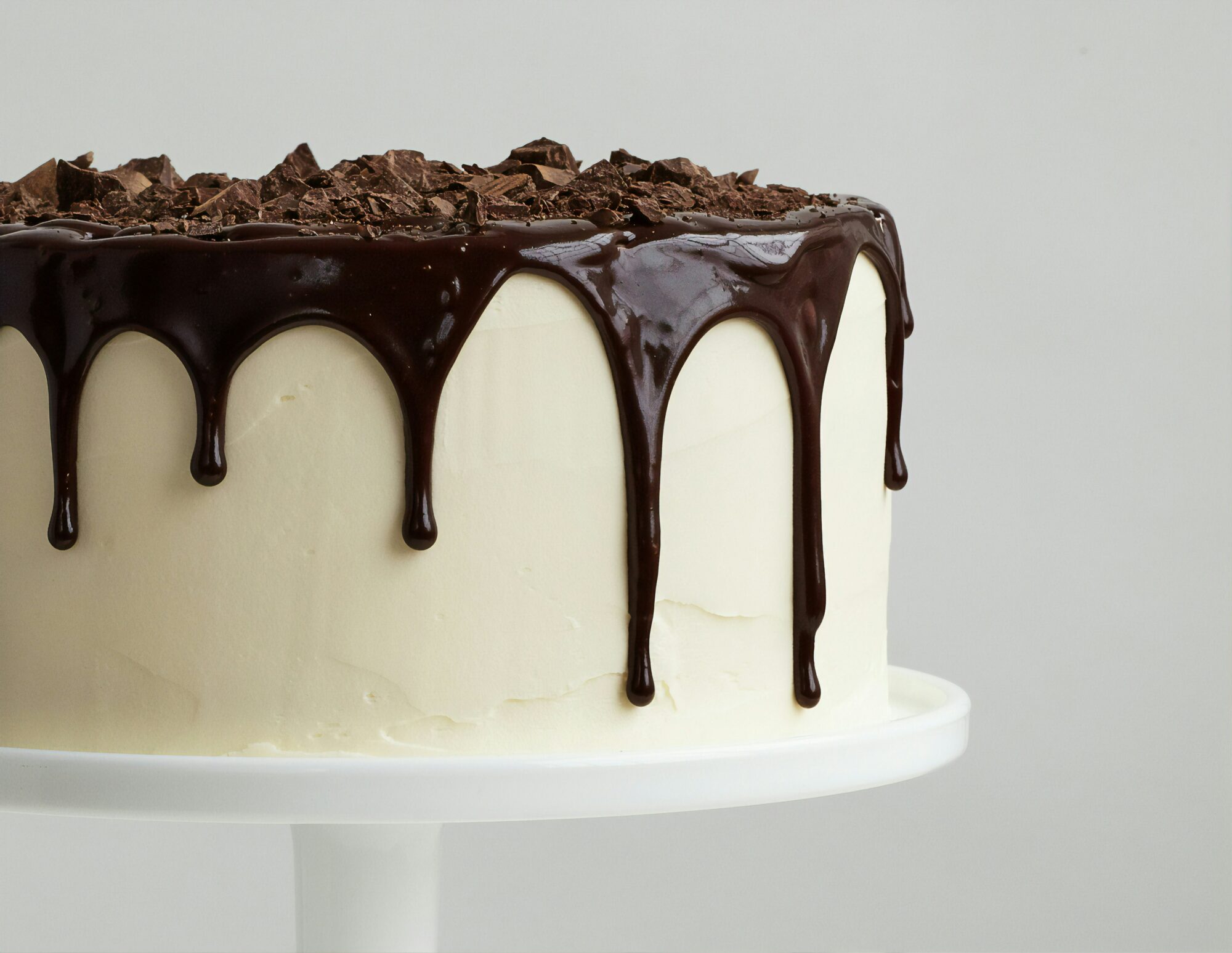
You didn’t think food manufacturers would go back to using butter, tallow, or coconut oil, did you? Despite the lack of evidence that these predominantly saturated fats cause CVD, old habits die hard in the American mindset — not to mention the current U.S. Dietary Guidelines still recommend limiting saturated fat to no more than ten percent of total calories.
So people may still be looking for products lower in saturated fat, and food manufacturers still have their bottom line in mind.
The new kid on the block that has replaced trans fats is interesterified fats, which can be found in cookies, crackers, biscuits, cakes, popcorn, and more. Research appears to be in the early days, but you’ll see interesterified fats on plenty of food labels. One study indicates that these don’t provoke a post-meal response that’s any different from the response to the same meal using other kinds of fats or oils.
But if you’re wary of using your body as a testing ground for these, you’re pretty safe because if you’re sticking primarily to animal proteins and non-starchy vegetables plus some dairy, nuts, and low-sugar fruits on your keto diet, you’re going to avoid these new manufactured fats by default.
Bottom Line

Since partially hydrogenated oils have been phased out of the US food supply, you can cross this off your list of things to worry about. Plus, as mentioned above, these were mostly used in high-carb foods, so on a keto diet you wouldn’t have eaten much of them anyway. And hopefully you ditched your margarine in favor of real butter when you started keto!
Looking for a low-carb meal?
Then check out Keto Chow! Keto Chow is a keto shake mix with 1/3 of your daily recommended nutrients, including protein, vitamins, minerals, electrolytes, and more. Make a shake in seconds! Choose from over 25 delicious flavors.
